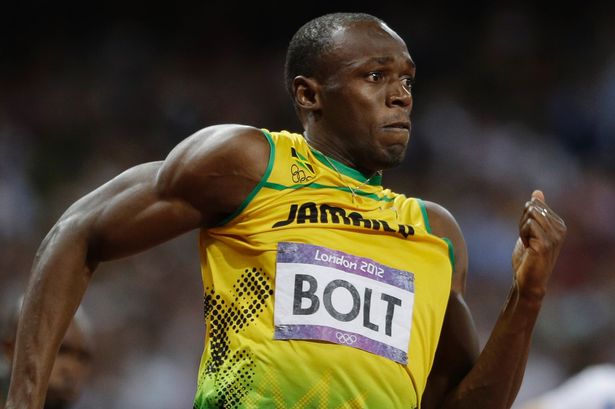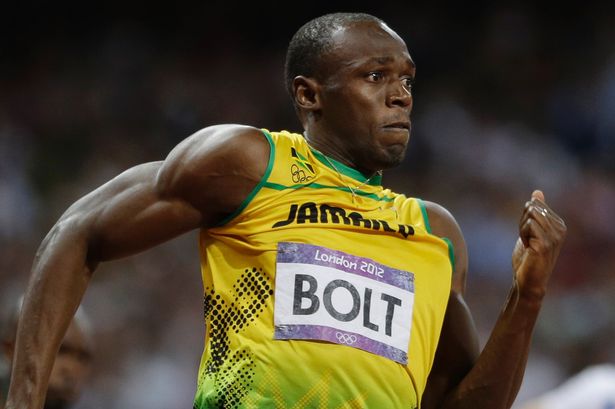Keeping Pitching Simple – Setting Artificial Ceilings for Your Athletes

At the 2015 ABCA Convention, the overarching message from pitching coaches and attendees alike was the idea that things need to be “kept simple.” That going into deep detail was ultimately very confusing and hard to understand, and not necessary – after all, pitching effectively simply involves throwing strikes, locating well, having a good pitch selection, and keeping the hitter off balance. What could be more difficult than that?
Let’s back up. I think most people would agree that sprinting is a much simpler activity than pitching – it’s mostly in a single plane, it doesn’t require a second party that is reacting to what you’re doing, it’s generally easier to train for, etc. As we all know, Usain Bolt is one of the best sprinters in the world and of all-time:
Unfortunately, sprinting turns out to be quite a bit difficult to understand – according to lead researchers in the field like Dr. Frans Bosch:
“It’s very early stages in understanding,” he says. “It could be many, many years still before we know more. If you look at a very important development in science over the last 15 years called dynamic systems theory and complex theory, we have learned that the answers to our questions are actually further away than ever before. We’re probably not getting closer to the answer, we’re just getting closer to asking the right questions.”
Pitching is heavily triplanar (sagittal, frontal, and transverse planes of movement) and tough to analyze using video without multiple cameras – often synchronized to get actual joint kinematics and kinetics through deeper analysis. If an Olympic sport that has been researched to death isn’t even close to getting the final answers, how can we hope to “simplify” pitching for our instructors and coaches?
A pitching coordinator who was recently at my facility for a week made probably one of the smartest comments I’ve ever heard in my life. He was talking to a group of us including me, two college pitchers, and two pro pitchers who train at my facility. When the topic of pitchability came up, he said: “We honestly don’t know a damn thing about how to get guys out. Or really how to throw strikes.” This is a guy who has been a pro coach for 10+ years in multiple organizations, and he’s absolutely correct. If we knew how to teach throwing strikes and getting guys out, everyone would have sniper-like command and would never walk hitters – and offense would be even more abysmal than it is in today’s MLB game. It is no different with velocity – if it was easy to teach velocity, then everyone would throw 90+ MPH. Instead, you have coaches claiming: “It’s impossible to develop velocity, and that should not come before ‘proper’ pitching mechanics anyway” as a safe valve for their own ignorance.
Your Job is NOT to Make it Simple for Yourself – But for Your Athlete
I’m not saying you should explain complex mechanical concepts to your 12 year old pitchers; we don’t do that, either. We’ve designed specific drills and underload/overload training mechanisms to help train those concepts without our verbal instruction, however, since verbal discussion of complex mechanical movements is largely useless outside of an education setting. You absolutely need to make the athlete feel and understand what is going on without verbally terrorizing him (kudos to Brent Strom for the phrase), but to take that attitude yourself is to deny the very reality that throwing hard and throwing strikes and increasing spin rates and staying healthy and, and, and…. are all REALLY hard problems that are as of yet, totally unsolved.
We’re getting better at asking the right questions, but to simplify your approach and ignore the deeper pool of research – like the 261 pages in Hacking the Kinetic Chain hopes to detail – then you’re only doing yourself and your athletes a huge disservice by setting an artificial ceiling on them. It’s impossible to get better if you aren’t interested in delving into the unknown; experiment and research as much as possible to turn over all the rocks you can.
Comment section
Add a Comment
You must be logged in to post a comment.

Craig Hilton -
The just of it all is you have to be a student of the game or in other words always looking to improve your knowledge.